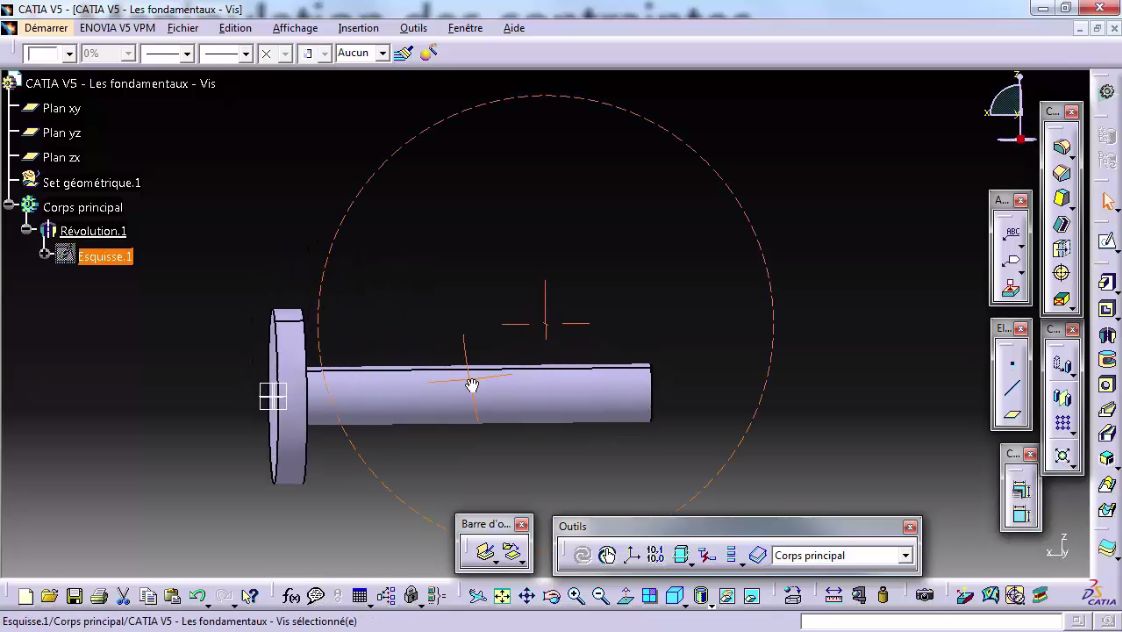
The carrier frequency of this mutation was estimated in >1,300 Hutterite individuals to be 1 in 27. An identity-by-descent mapping and candidate gene approach was used to identify a novel homozygous c.393dupA frameshift mutation in the NADH dehydrogenase (ubiquinone) Fe-S protein 4 (NDUFS4) gene. The clinical presentations of five individuals of Hutterite descent with Leigh disease are described herein. Mutations in more than 35 genes affecting the mitochondrial respiratory chain encoded from both the nuclear and mitochondrial genomes have been associated with Leigh disease. Metabolic and neuroimaging investigations typically identify abnormalities consistent with a disorder of mitochondrial energy metabolism. Leigh disease is a progressive, infantile-onset, neurodegenerative disorder characterized by feeding difficulties, failure to thrive, hypotonia, seizures, and central respiratory compromise.

Lamont, Ryan E Beaulieu, Chandree L Bernier, Francois P Sparkes, Rebecca Innes, A Micheil Jackel-Cram, Candice Ober, Carole Parboosingh, Jillian S Lemire, Edmond G © 2015 Wiley Periodicals, Inc.Ī novel NDUFS4 frameshift mutation causes Leigh disease in the Hutterite population. We extend the KATNB1 associated phenotype by describing a syndrome characterized by primordial dwarfism, lissencephaly, polysyndactyly, and dental anomalies, which is caused by a homozygous truncating KATNB1 mutation. Homozygous and compound heterozygous mutations in KATNB1 have very recently been described as a cause of microcephaly with brain malformations and seizures.

Both effects most likely lead to complete loss of KATNB1 function.

cDNA analysis revealed complete loss of the natural acceptor splice-site resulting either in the usage of an alternative, exonic acceptor splice-site inducing a frame-shift and premature protein truncation or, to a minor extent, in complete skipping of exon 7. Using whole-exome sequencing, we identified a homozygous acceptor splice-site mutation in intron 6 of the KATNB1 gene in a patient from a consanguineous Turkish family who presented with congenital microcephaly, lissencephaly, short stature, polysyndactyly, and dental abnormalities. Yigit, Gökhan Wieczorek, Dagmar Bögershausen, Nina Beleggia, Filippo Möller-Hartmann, Claudia Altmüller, Janine Thiele, Holger Nürnberg, Peter Wollnik, Bernd A syndrome of microcephaly, short stature, polysyndactyly, and dental anomalies caused by a homozygous KATNB1 mutation.


 0 kommentar(er)
0 kommentar(er)
